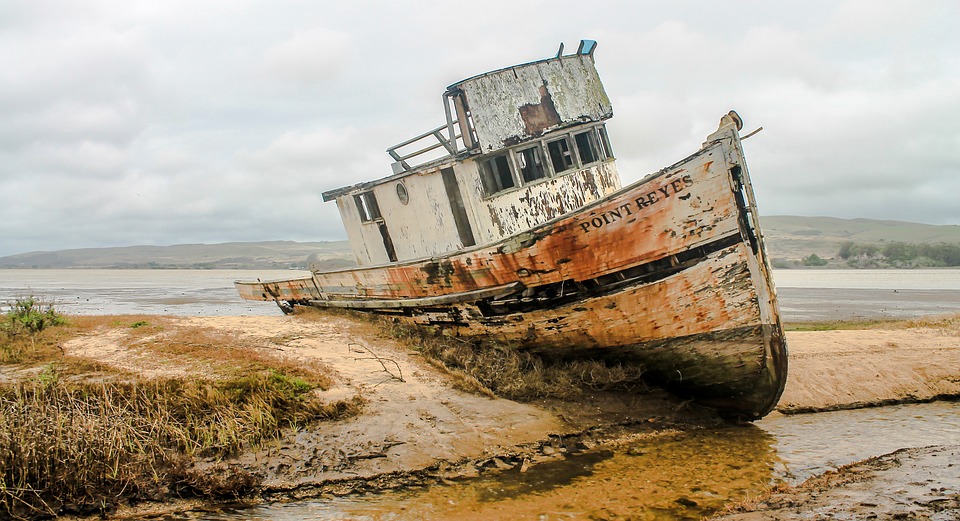The Effects of Seawater on 4 Different Structural Materials
Every liter of water in our oceans contains on average 35g of salt, including calcium carbonate (CaCo3) and gypsum (CaSO4). The main salty constituent of seawater is sodium chloride (NaCl), which has been concentrated through millions of years of coastal erosion. This is one of the primary reasons that seawater is significantly more corrosive than freshwater – particularly for metallic structural materials.

In this blog post, we will explore the effects of seawater on four different structural materials.
Wood Structural Materials
Wood has demonstrated significant limitations in coastal and offshore environments, rapidly succumbing to weathering effects and rot. Mankind has increasingly shied away from using wood as a structural material in such environments given the significant loss of its tensile strength due to cyclic wetting from seawater.
This effect is visually apparent in coastal pilings and piers that absorb seawater and are left with salt crystals embedded in their fibers when the water evaporates. As the wood expands and contracts in response to thermal cycling, these sturdy crystals prise the fibers apart and cause the surface to mottle.
Aluminium Structural Materials
Aluminum is finding increasing use in offshore applications due to its lightweight and high strength characteristics, alongside its ready availability. Both primary and secondary aluminum can be engineered into structural materials for custom components, including yachts and helipads for offshore oil rigs.
The problem with aluminum as a structural material is its proclivity towards galvanic corrosion. This is an electrochemical process that occurs between two contacting metals in the presence of an electrolytic catalyst. Caustic agents and salts, including sodium chloride, can cause aluminum structures to corrode at joints and fixtures. This can cause significant health and safety hazards.
Steel Structural Materials
Steel remains the structural material of choice for offshore and shipbuilding applications. Countless alloys are employed for offshore pipework, shipbuilding, oil rig architectures, submersed manifolds, and many more. However, even steel grades comprising elevated levels of anti-corrosive elements such as chromium (Cr) and nickel (Ni) are subject to degradation by seawater.
Typically, alloys with high levels of anti-corrosive generate a protective patina at the outermost layer of the material. This acts as a mechanical barrier to corrosive agents such as sodium chloride. However, chloride ions in seawater act as suitable electron acceptors for atoms at the surface of steel structures which degrades thus protective layer in a process known as electrochemical corrosion. Imperfections in the patina of steel structural materials can also cause localized corrosion known as crevice or pitting corrosion.
Fiberglass Structural Materials
Fiberglass structural materials are finding increasing use in marine environments due to their inherent anti-corrosive behavior. Unlike wood, fiberglass will not absorb water and is minimally affected by the severe thermal cycling of marine environments. It is impervious to galvanic corrosion and can be successfully incorporated into existing metal structures to enhance the qualities of established structural materials. Fiberglass is also averse to electrochemical corrosion given its non-conductivity.
Strongwell offers an established range of fiberglass structural materials that are broadly resistant to the corrosive effects of seawater of average and above average salinity. Our products have already been used to replace poor performing materials in coastal and marine environments.
If you would like any more information, read our previous blog post: Fiberglass Solutions for the Coastal Structure Market. Or, contact us directly with any questions.